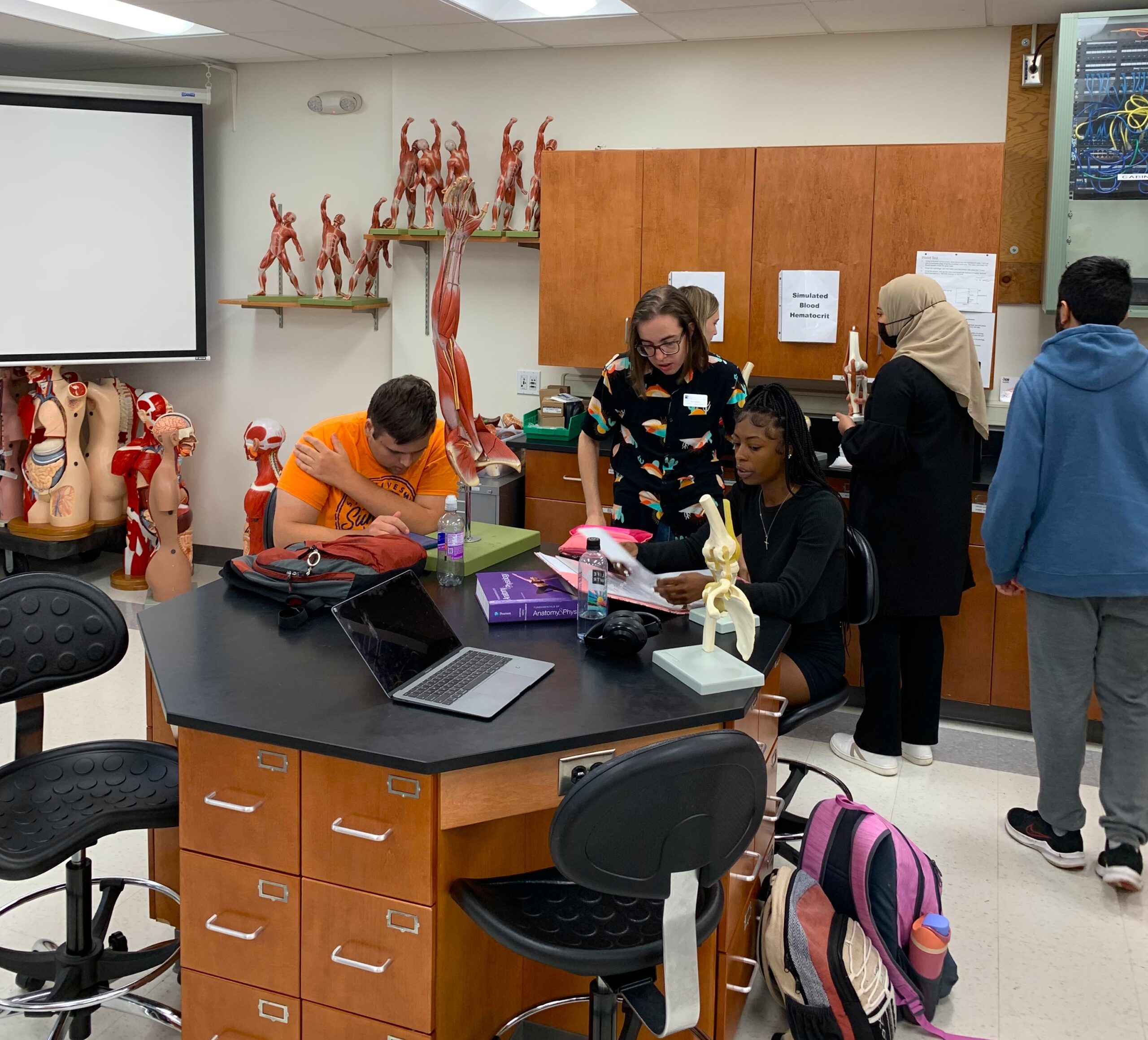Criminal justice students learn how to keep track of their personal belongings
By: SPENCER GLEASON

Editor-in-Chief
Entering the second week of classes this semester, professor Michael Hepner’s Introduction to Criminal Justice class had a group project. The assignment — to take pictures around campus of items left unattended and go “shopping.”
“I jokingly called it shopping, when I said, ‘Let’s go out to the parking lot and look around and go shopping.’ That’s what a lot of thieves will do. They’ll go shopping,” Hepner said. “Especially on college campuses because they know that this is a place where a lot of people just think of as a safe zone. Unfortunately, like anywhere else, it’s not.”
Hepner, who spent seven years as a police officer, has done this project eight times while teaching Criminal Justice programs at the STLCC-Meramec campus. The idea was to give students awareness of how easily accessible people leave their belongings.
“People just aren’t aware that they are leaving themselves wide open. Then they are surprised when they’re a victim of theft. They shouldn’t be because they are making it easy,” Hepner said. “We think of theft or burglary as people kicking in doors or holding you up with a gun. You don’t think of the person just swiping stuff out of your garage or swiping stuff off of a table you go up to get a snack. That’s the easy stuff.”
The 24 students all responded the same way to Hepner’s class project, according to Meramec freshman Ado Sadikovic.
“At first it sounded goofy to us — taking pictures of people while they have their stuff unattended,” Sadikovic said. “We laughed at it. It was just one of those things where it was awkward, but goofy at the same time.”
The laughing subsided once the students realized how many free items were available to snag in cars and on cafeteria tables.
“I started off in the cafeteria first and it was nothing serious. You see laptops lying around,” Sadikovic said. “Then when we went to the parking lot. That’s when it got really interesting. We saw a car turned on with no one in it. We saw windows completely open, laptops, textbooks and credit cards.”
According to Hepner, even if credit cards are expired or there is loose change in the cup holder, that is enough to entice the thief to break the window.
“If it’s an expired credit card, that’s going to be enough for someone to bust your window out, just to take a look and see what they can get off of it,” Hepner said. “There’s a lot of people out there desperate for money or cash — quick money, quick cash — things they can sell quickly like cameras, iPads, phones, credit cards, drivers licenses for identity theft purposes. A lot of people will break a window, just for that.”
Hepner said that he hopes teaching students awareness of their surroundings and that they should always be cautious are lessons learned through this project.
“I think people always need to be aware of their situation, what we call situational awareness in the criminal justice field,” Hepner said. “You think you’re in a safe spot, but as we saw last spring, when there was an attack on campus, you can’t control everybody who is on campus. If there’s somebody bad on campus then terrible things can happen.”
While the assignment was a hands-on experience for students, Sadikovic said the lesson learned will be one that he will always keep with him.
“It makes you more aware of not to leave anything in your car. Even if your windows are closed and you car door is locked people will break it,” Sadikovic said. “This was one of those assignments that was fun, but educating at the same time. It taught us how to be aware of our personal belongings.”











